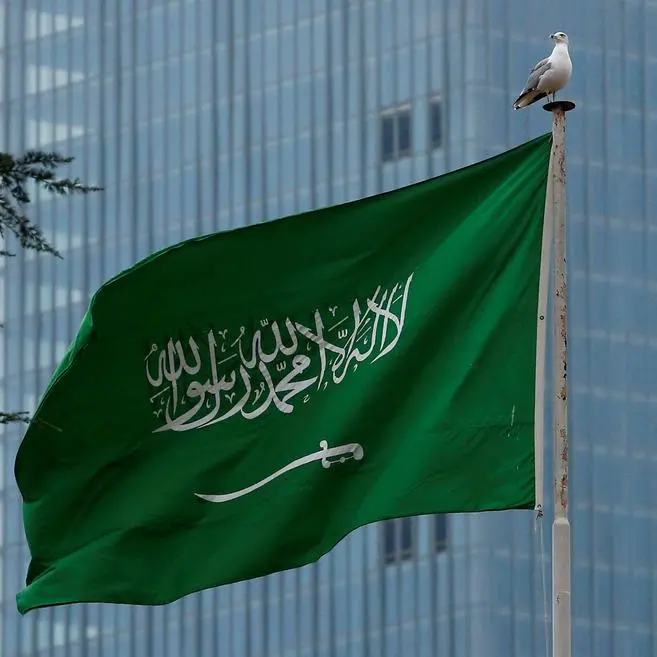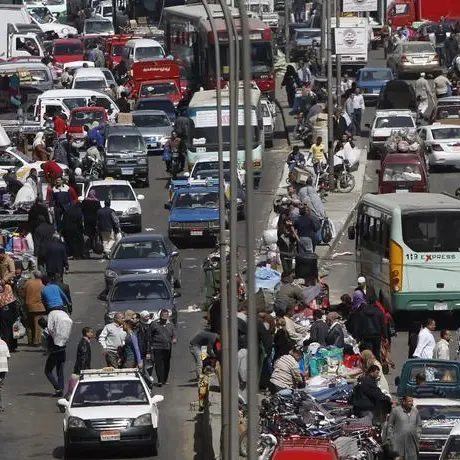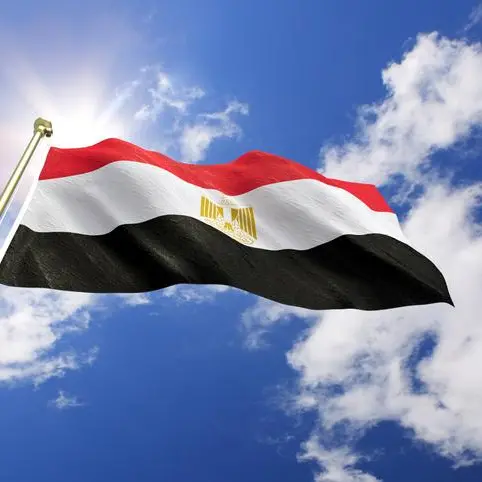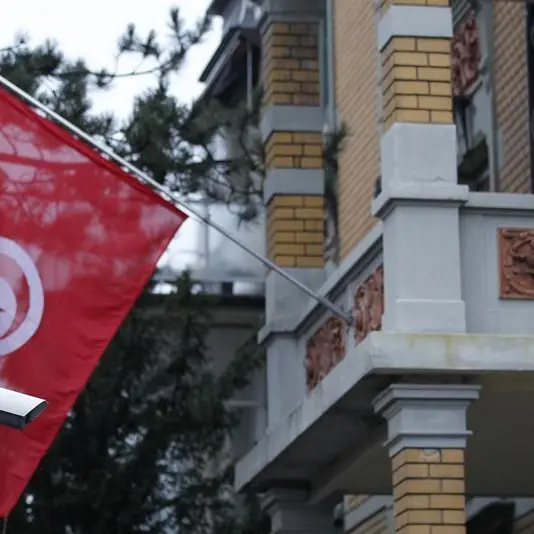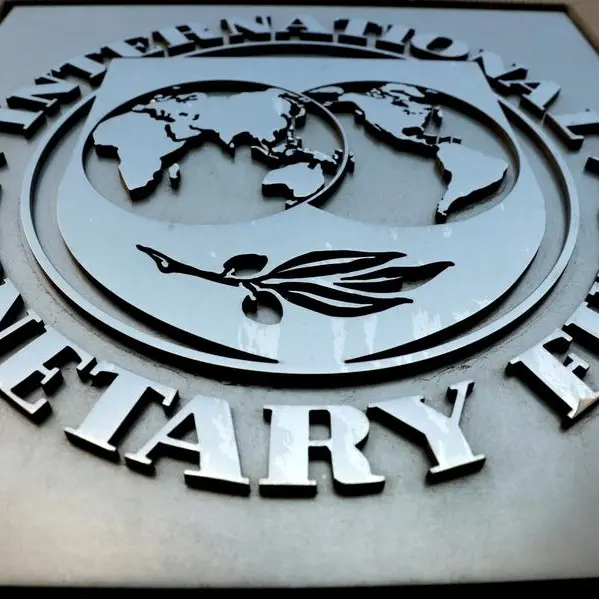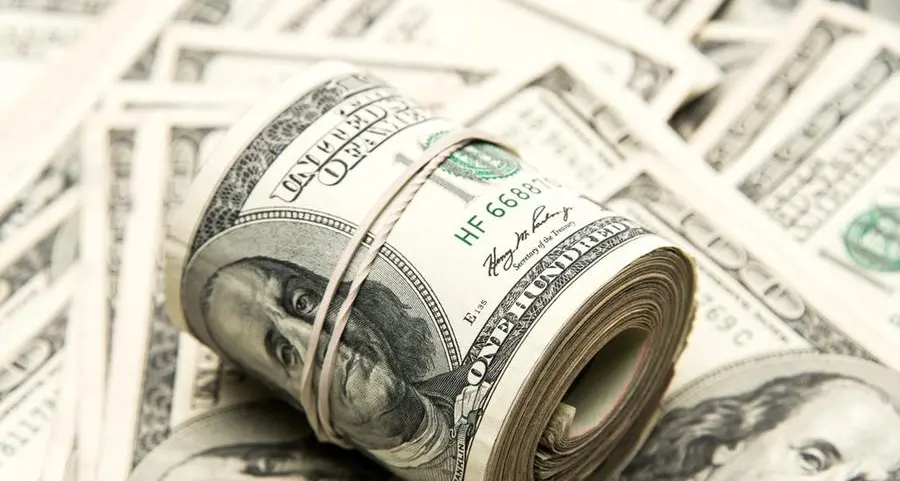20 March 2016
Muscat - On the back of decline in the value of oil prices, compressed surplus in trade balance and widening deficits, Oman's foreign exchange reserves registered a decrease. According to figures from the Central Bank of Oman (CBO), the reserves also known as foreign assets fell to RO 6,439.10 million in January this year from RO 6,745.80 million in December 2015. The fall resulted from draw-down from the reserves to support the current account deficit. The reserves averaged RO 3,998.46 million from 2002 till 2016, reaching an all-time high of RO 7,503 million in May of 2015.
During the first three quarters of 2015, the country's foreign assets registered an increase of 15 per cent to RO 7,221.1 million from RO 6,276.9 million at the end of December 2014. "During this period the country's overall balance of payments position remained stable", the Central Bank said.
In the later periods, merchandise exports from the Sultanate declined sharply by 32.8 per cent to RO 10,446 million in January-September 2015 as compared to a decrease of 4.6 per cent in similar period a year ago, reflecting the marked drop in global oil prices.
Merchandise exports comprising oil exports, natural gas, non-oil exports and re-exports, registered varied levels of contraction in the first three quarters of 2015.
The decline in value of oil exports was attributed to lower realisation of oil prices with a fall of 43.5 per cent notwithstanding a higher volume of oil exports with an increase of 5.7 per cent.
Similarly, while the value of natural gas exports decreased by 29.3 per cent, other exports consisting primarily of mineral, plastic and rubber products as well as base metals and articles also declined by 23.0 per cent.
Collectively, oil and gas exports accounted for about 59.3 per cent of merchandise exports in January-September 2015 compared to 65.8 per cent over similar period in 2014. Total re-exports declined by 16.1 per cent to RO 1,886.3 million in January-September 2015 over the corresponding period in 2014.
At the same time, Money supply M0 decreased to RO 1,748.80 million in January from RO 1,788.20 million in December of 2015.
M0 also known as M-zero, is the most liquid measure of the money supply. It only includes cash or assets that could quickly be converted into currency.
M-zero averaged RO 902.55 million from 2004 until 2016, reaching an all-time high of RO 1788.20 million in December of 2015 and a record low of RO 357.50 million in September 2004.
Foreign exchange reserves are the foreign assets held or controlled by the Central Bank of Oman.
The reserves are made of gold or a specific currency. They can also be special drawing rights and marketable securities denominated in foreign currencies like treasury bills, government bonds, corporate bonds and equities and foreign currency loans.
Muscat - On the back of decline in the value of oil prices, compressed surplus in trade balance and widening deficits, Oman's foreign exchange reserves registered a decrease. According to figures from the Central Bank of Oman (CBO), the reserves also known as foreign assets fell to RO 6,439.10 million in January this year from RO 6,745.80 million in December 2015. The fall resulted from draw-down from the reserves to support the current account deficit. The reserves averaged RO 3,998.46 million from 2002 till 2016, reaching an all-time high of RO 7,503 million in May of 2015.
During the first three quarters of 2015, the country's foreign assets registered an increase of 15 per cent to RO 7,221.1 million from RO 6,276.9 million at the end of December 2014. "During this period the country's overall balance of payments position remained stable", the Central Bank said.
In the later periods, merchandise exports from the Sultanate declined sharply by 32.8 per cent to RO 10,446 million in January-September 2015 as compared to a decrease of 4.6 per cent in similar period a year ago, reflecting the marked drop in global oil prices.
Merchandise exports comprising oil exports, natural gas, non-oil exports and re-exports, registered varied levels of contraction in the first three quarters of 2015.
The decline in value of oil exports was attributed to lower realisation of oil prices with a fall of 43.5 per cent notwithstanding a higher volume of oil exports with an increase of 5.7 per cent.
Similarly, while the value of natural gas exports decreased by 29.3 per cent, other exports consisting primarily of mineral, plastic and rubber products as well as base metals and articles also declined by 23.0 per cent.
Collectively, oil and gas exports accounted for about 59.3 per cent of merchandise exports in January-September 2015 compared to 65.8 per cent over similar period in 2014. Total re-exports declined by 16.1 per cent to RO 1,886.3 million in January-September 2015 over the corresponding period in 2014.
At the same time, Money supply M0 decreased to RO 1,748.80 million in January from RO 1,788.20 million in December of 2015.
M0 also known as M-zero, is the most liquid measure of the money supply. It only includes cash or assets that could quickly be converted into currency.
M-zero averaged RO 902.55 million from 2004 until 2016, reaching an all-time high of RO 1788.20 million in December of 2015 and a record low of RO 357.50 million in September 2004.
Foreign exchange reserves are the foreign assets held or controlled by the Central Bank of Oman.
The reserves are made of gold or a specific currency. They can also be special drawing rights and marketable securities denominated in foreign currencies like treasury bills, government bonds, corporate bonds and equities and foreign currency loans.
© Oman Daily Observer 2016
